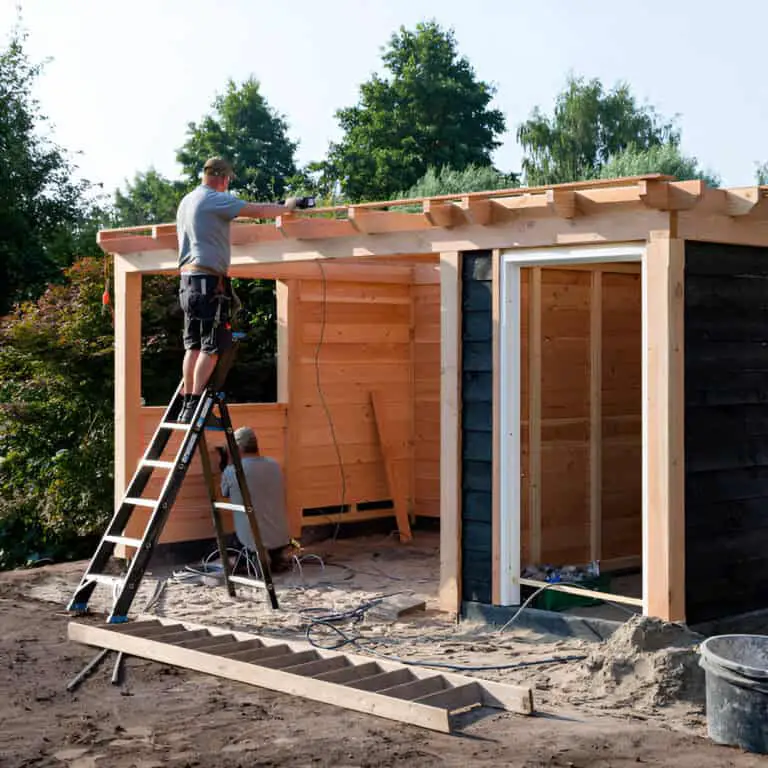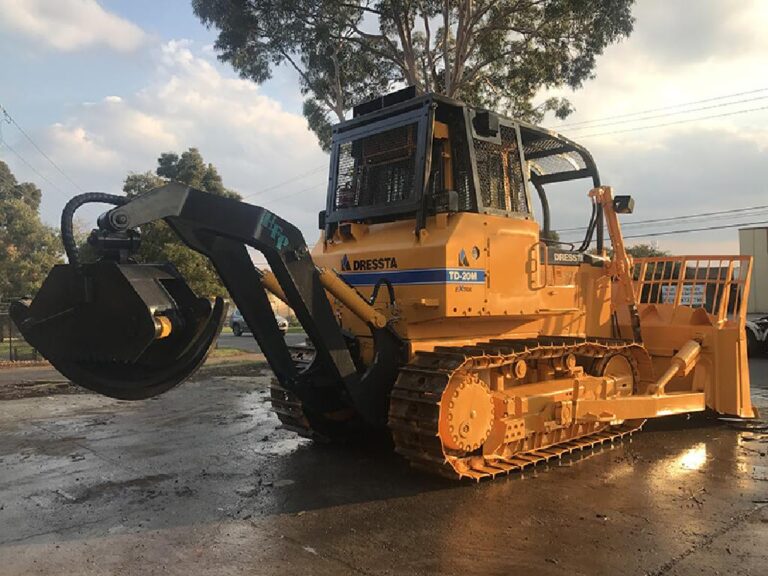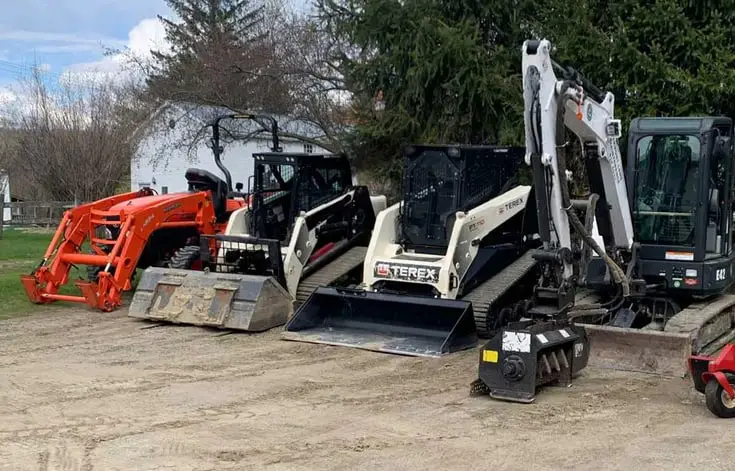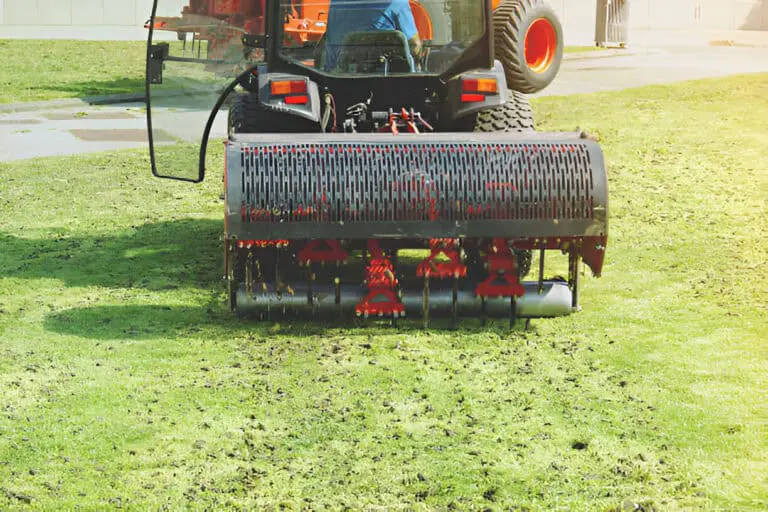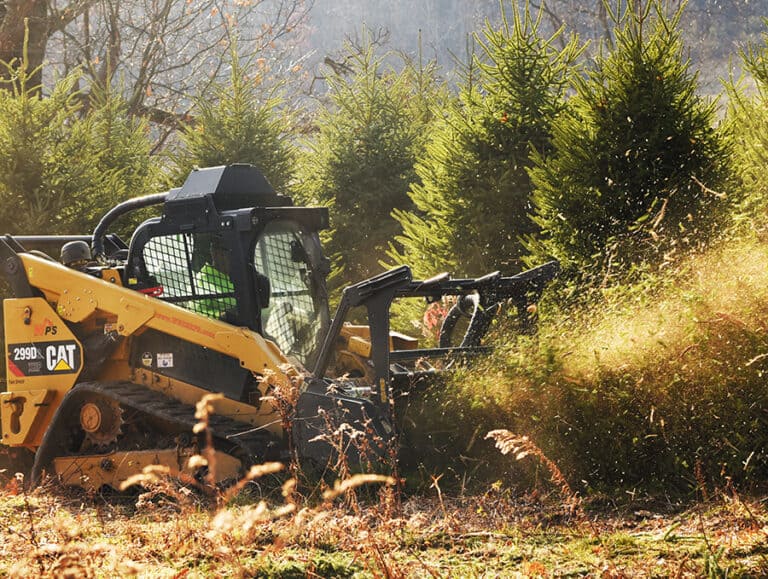Why Your Weed Eater Keeps Dying After a Few Minutes—and How to Fix It
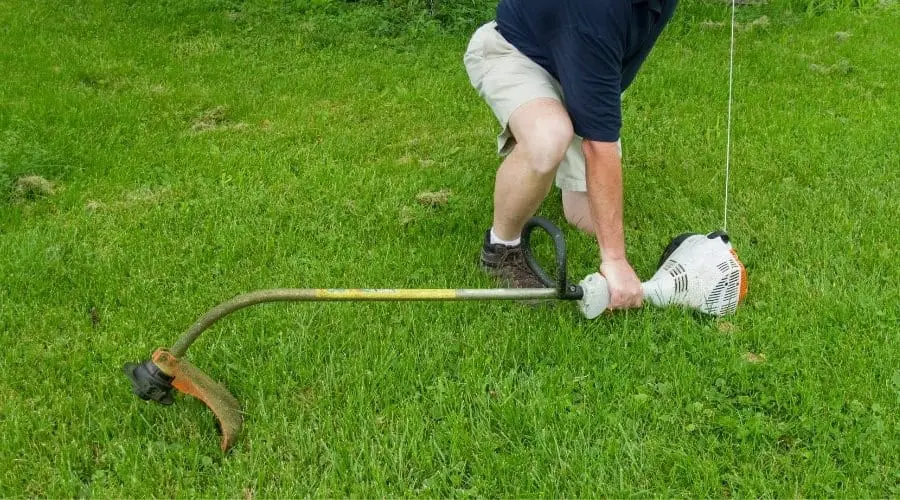
If you’ve ever found yourself in the middle of a landscaping project, making quick work of unruly grass and weeds, only to have your weed eater sputter and die, you know how frustrating that can be.
I’ve been there, standing in the sun, listening to my weed eater cough and wheeze like a tired old man. It’s like a bad punchline in a gardening joke: “Why did the weed eater stop? Because it just couldn’t handle the pressure!” But don’t worry; I’m here to help you get to the root of the problem.
Let’s dig deep into why your weed eater keeps dying after just a few minutes of use—and how you can fix it.
Understanding Your Weed Eater
First things first: let’s talk about what a weed eater (also known as a string trimmer) is and how it works. This handy tool uses a spinning nylon line to cut through grass, weeds, and even small bushes.
It’s lightweight, simple to maneuver, and an essential part of any gardener’s arsenal. But like any machine, it can run into hiccups along the way.
| Read: How to Use a Weed Wacker for Edging |
Common Causes of Dying Weed Eaters
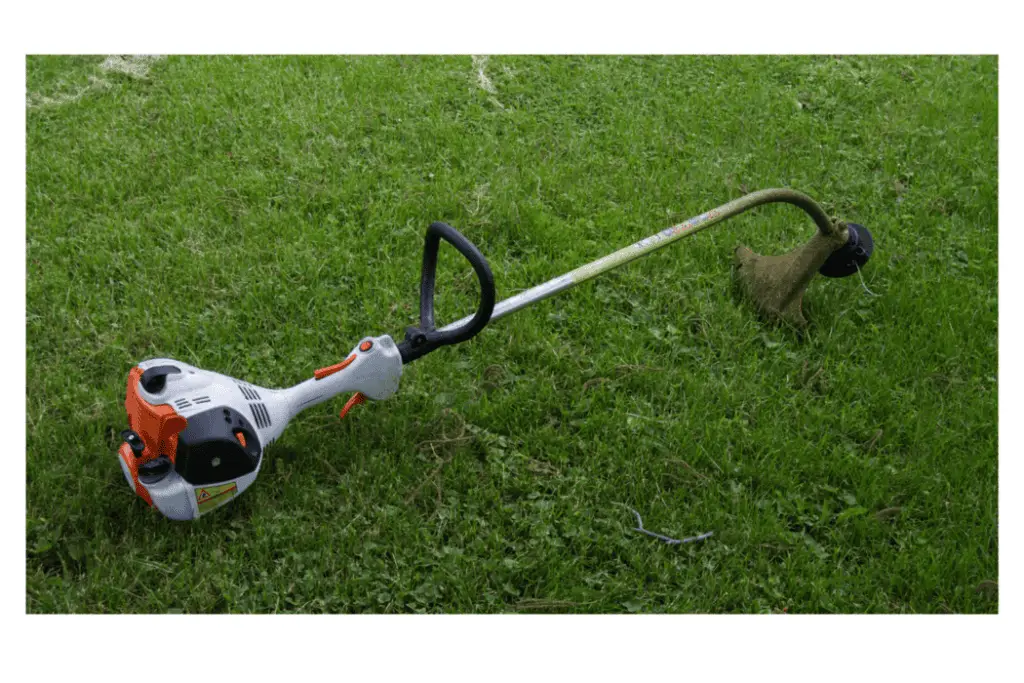
When your weed eater suddenly dies, it often boils down to a handful of common issues. Understanding these problems is the first step to getting your trimmer back in action.
- Fuel Issues
- Bad Fuel: Over time, gasoline can go stale, leading to performance issues. After months, dump your fuel can and get new fuel.
- Incorrect Mixture: If you’re using a gas-powered weed eater, it’s crucial to mix the fuel with oil in the right ratio. Using too much or too little oil can lead to engine problems.
- Clogged Air Filter
- Just like we need clean air to breathe, your weed eater requires it too. A clogged air filter can restrict airflow, causing the engine to stall. Make sure to check and clean or replace the filter regularly.
- Spark Plug Problems
- The spark plug ignites the fuel-air mixture, so if it’s dirty or worn out, it can lead to starting issues or stalling. A quick inspection and cleaning or replacing the spark plug can do wonders.
- Overheating
- Weed eaters can overheat if they run for too long without breaks or if the engine oil is low. This overheating can cause the engine to die unexpectedly. Remember, even machines need to cool down!
- Fuel Lines and Filter
- A clogged fuel line or filter can prevent the proper flow of fuel to the engine. Inspecting these components can save you a lot of headaches in the long run.
Diagnosing the Problem
Now that we’ve identified some potential culprits, let’s break down how you can diagnose the issue with your weed eater step-by-step. Grab your tool belt; we’re getting hands-on!
1. Check the Fuel
Start by looking at your fuel. Is it fresh, or has it been sitting in your shed for months? If it’s old, dispose of it responsibly and fill your tank with new, clean gasoline. If you’re mixing oil, double-check the ratio. Most weed eaters require a 50:1 or 40:1 ratio, but consult your owner’s manual for specifics.
2. Inspect the Air Filter
Next, take a look at the air filter. Remove it from the housing and check for dirt and debris. If it looks clogged, rinse it under warm water and let it dry completely before reinstalling. If it’s too damaged or worn out, consider replacing it. Clean air is crucial for optimal performance!
3. Examine the Spark Plug
The spark plug can be a bit tricky, but it’s essential to check. Remove it using a socket wrench and inspect the condition. If it’s dirty, clean it with a wire brush. If it’s worn or corroded, replace it. A fresh spark plug can breathe new life into your weed eater!
4. Monitor Operating Time
Take note of how long your weed eater runs before dying. If it’s just a few minutes, you might be dealing with overheating. Give it breaks to cool down, especially during hot summer days. If you notice it gets hot quickly, check the oil level and add more if needed.
5. Inspect Fuel Lines and Filter
Finally, check the fuel lines and filter. Look for cracks, blockages, or kinks. If you see any issues, replace the fuel line or filter to ensure proper fuel flow.
Fixing the Weed Eater Problems
After diagnosing the issue, it’s time to roll up your sleeves and tackle the problems head-on.
Replacing the Spark Plug
- What You Need: A new spark plug, a socket wrench, and a spark plug gap tool.
- Steps:
- Remove the old spark plug.
- Use the gap tool to ensure the new spark plug is correctly gapped according to the manual.
- Install the new spark plug and tighten it with the wrench. Don’t over-tighten; snug is best!
Cleaning or Replacing the Air Filter
- What You Need: Soap, water, and a new air filter if needed.
- Steps:
- Clean the air filter with soap and water, or replace it if it’s too worn.
- Allow it to dry completely before reinstalling it.
Changing the Fuel
- What You Need: Fresh fuel and a clean fuel can.
- Steps:
- Empty the old fuel from the tank.
- Fill it with new fuel, ensuring the correct oil-to-gas ratio.
Checking Fuel Lines
- What You Need: Replacement fuel lines and basic tools.
- Steps:
- Inspect the fuel lines for cracks and weed deater blockages.
- If necessary, replace the damaged lines with new ones.
Preventing Future Issues
Once you’ve tackled the immediate problems, you want to avoid facing them again. Here are a few maintenance tips to keep your weed eater running smoothly:
- Use Fresh Fuel: Always use fresh fuel and store it correctly. Consider using fuel stabilizer if you have fuel left over.
- Regular Maintenance: Make it a habit to inspect your weed eater before each use. A quick check can save you time and frustration.
- Follow the Manual: Always refer to your owner’s manual for specific maintenance instructions and recommendations.
Conclusion
Dealing with a weed eater that keeps dying can be a real pain in the grass. However, understanding the common issues, diagnosing the problem, and taking the right steps to fix it can keep your weed eater going smoothly. With a little patience and the right approach, you’ll be back to trimming those edges and taming the wild weeds in no time. Happy gardening!

